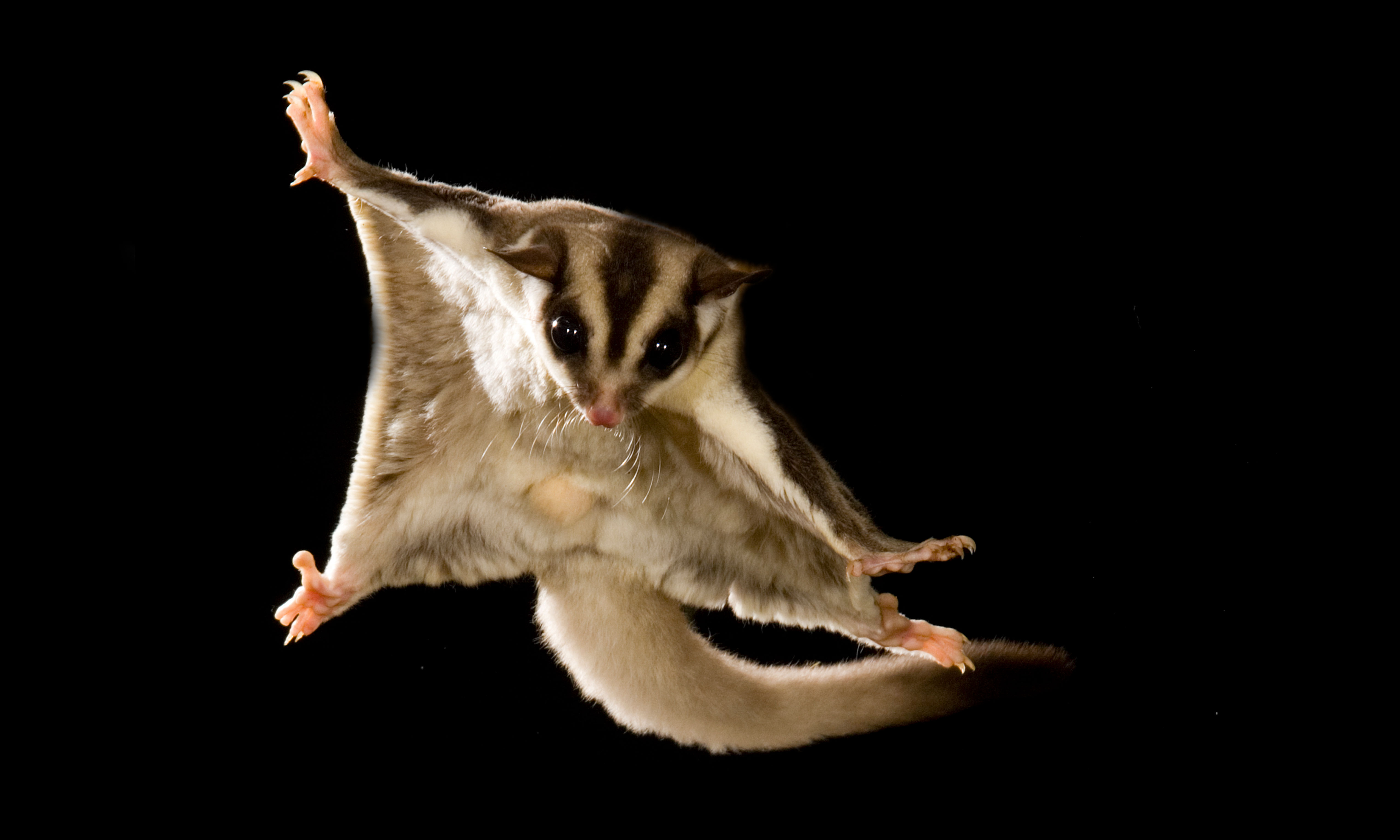Hunter sheep farmers are continuing to see large scale production loss due to flystrike cases across the region.
Hunter Local Land Services Livestock Officer Teresa Hogan is warning the worst may be yet to come.
‘Last year we saw a major spike in flystrike cases. This increase was due to optimum wet, warm weather conditions and high pasture density aligning to create the perfect flystrike storm,’ said Teresa.
‘We are seeing similar conditions this season, and weather forecasts are suggesting a wetter than average summer.
‘The current cooler conditions are not slowing the flies down, in fact it seems the conditions are increasing the risk – wet sheep, wet pasture, and cooler weather is resulting in higher numbers of blown sheep right across the district.’
‘It is also worth noting that we are seeing a great deal more body strike and strike in shedding breed sheep, so it’s not just our merino farmers who should be concerned,’ she said.
Monitoring your flock is key to flystrike management particularly undertaking regular checks on lambing ewes, freshly marked lambs and sheep with length in their wool.
‘Any sheep that you suspect to be fly struck will need attention and treatment as soon as possible, left too long the sheep will not survive,’ said Teresa.
‘With sheep health and welfare of high priority and the strong market value of sheep at present, prevention and early detection coupled with an integrated management approach is key to reducing the impact flystrike will have on your business.’
The Sheep CRC reports that the cost to industry each year for treatment and loss of production associated with flystrike in sheep is an estimated $280million.
Lisa Goodchild, Upper Hunter Local Land Services District Vet recommends that minimising resistance to the chemicals used to treat and prevent flystrike is essential.
‘Producers should only use insecticides when absolutely necessary and make sure when using chemical treatments they are applied correctly,’ said Lisa.
‘It is important to also implement non-chemical controls such as considering time of shearing and crutching and in the long term genetically selecting and breeding sheep that are less susceptible.’







